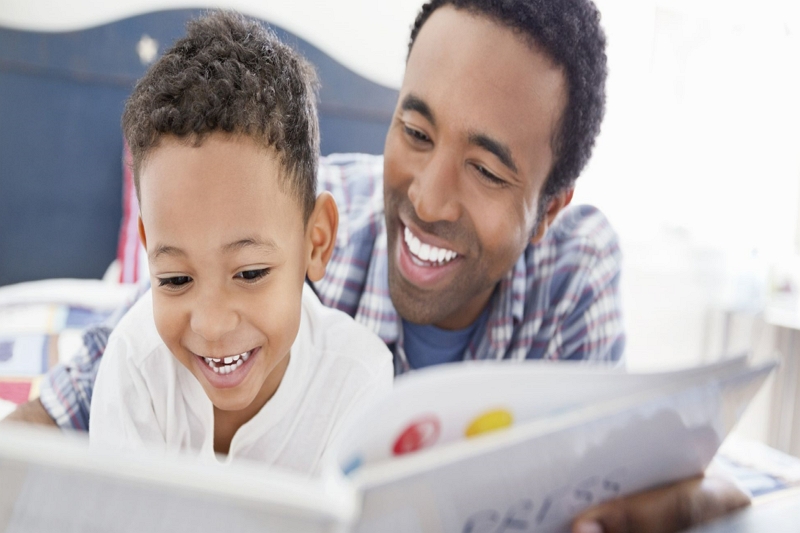What to include in a first year baby book? A first-year baby book is a great way to capture all of your baby’s precious memories. As you document your little one’s first year, be sure to include the following:
Photos – Snap photos of your baby every month and compile them into a photo album. This will help you track your baby’s growth and changes over their first year.

– Snap photos of your baby every month and compile them into a photo album. This will help you track your baby’s growth and changes over their first year.
Milestones – Record your child’s milestones in the book, such as when they sit up for the first time or say their first word. This will be a cherished keepsake later on.
– Record your child’s milestones in the book, such as when they sit up for the first time or say their first word. This will be a cherished keepsake later on.
Handprints – Take handprints of your infant at various ages to track growth and development over time. You can compare these prints year after year to see how quickly your baby grows!
– Take handprints of your infant at various ages to track growth and development over time. You can compare these prints year after year to see how quickly your baby grows!
Medical Information – Include any important medical information about appointments, shots and other treatment that took place during their first year of life so you have it all in one convenient location.
Keep this section updated throughout the year as well so your child’s doctor knows exactly what happened when and how often each event occurred. Include any important medical information about appointments, shots and other treatment that took place during their first year of life so you have it all in one convenient location.
Developmental Milestones – Document developmental milestones such as rolling over or crawling for later reference!
What to write to an unborn baby for a baby shower book?
Writing a message in the baby shower book will be something that you’ll look back on when your child is older. Maybe they will even want to read these little notes and messages from their friends, family and others who care about them in the future.
After all, what you write today will probably mean more to them tomorrow than it does right now. It may even help them get through some hard times for them mentally when they are feeling down or sad about something.
So make sure whatever message you leave behind touches someone else’s heart because there are no limits on how much love can change lives!
Here’s an example: “I hope this letter finds its way into your hands someday.” I’m so glad we met during my lifetime and I’m excited to see all the wonderful things you’ll do in this world. Congratulations, little one!
One of the best parts about writing a message to an unborn baby is that you can be as creative as you want! You don’t have to worry about them judging your handwriting or if it sounds “mushy” enough. Just write what comes from the heart and chances are it will be beautiful no matter what.
As long as you keep these three pieces of advice in mind: make it heartfelt, stay optimistic, and avoid any controversial topics; your letter is sure to touch the parents-to-be (and maybe even the child someday)!
What books should my 4-month-old be reading?
I am a busy mom with young kids. I want to help my baby learn and develop by reading books but it is hard to know if the books I am buying are helping or not. How can I be sure that these books are going to make an impact on my child’s life?
The first step in selecting the right book for your little one is considering whether or not they have any developmental delays at all.
If so, you will need different materials than what would be best suited for a typical developmentally normal child as there may be some things that require extra time and attention before being able to perform them well enough independently without assistance from parents (e.g., learning how to talk).
Furthermore, certain types of books might not be appropriate because they can cause confusion and anxiety if used incorrectly – like flashcards that teach colors but only show one color on each card instead of showing all three together).
What kind of developmental delays do I have?
This is an important question to ask yourself before you start shopping around for any type of reading material. Not every child will have the same needs when it comes to learning how they develop, so make sure that what you buy reflects those differences!
For example, a child without any delays may need less assistance from parents or guardians than someone who has motor skills issues (e.g., fine-motor coordination problems) to learn how to talk properly since their bodies do not use these muscles as efficiently.
If you are not sure where to start, ask your paediatrician for a referral to see a specialist or look into local early intervention services in your area.
Many communities have resources specifically designed to help parents of young children who are behind developmentally so they can get back on track.
Once you know which areas need some extra attention, it is time to find the right types of books that focus on those skills! There are many different book genres out there – from board books meant for babies and toddlers up to chapter books written for elementary school-aged kids.
